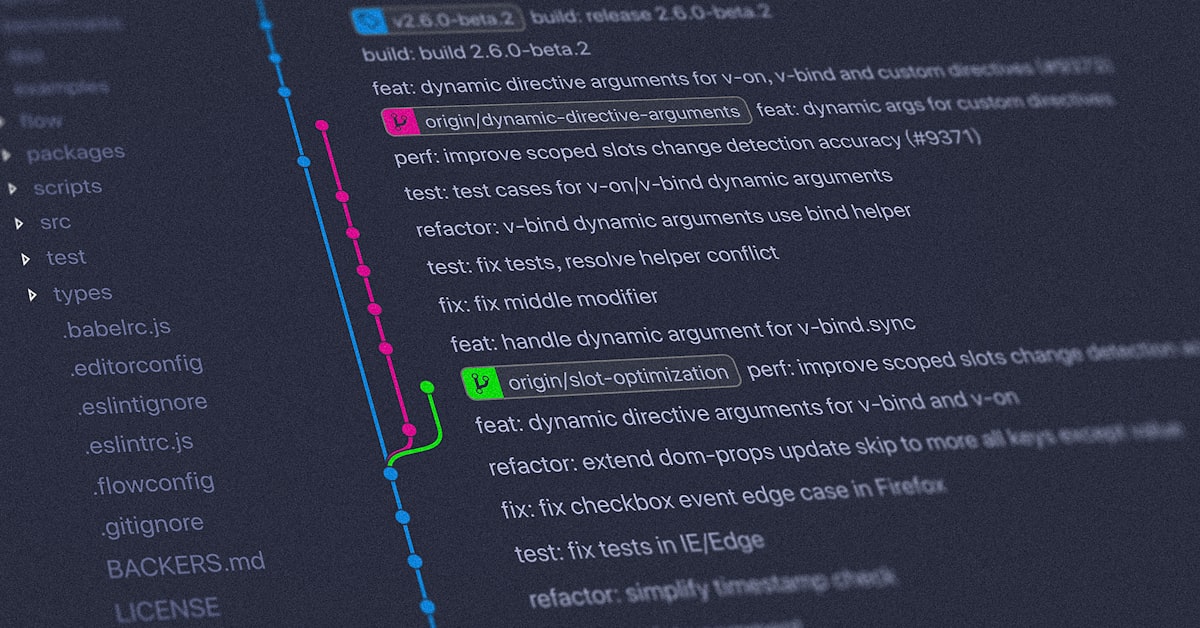· Sweady Team · Productivity · 6 min read
5 Proven Strategies to Reduce Pull Request Cycle Time by 40%
Discover actionable strategies that have helped development teams cut their PR cycle time by up to 40%, leading to faster deployments and higher developer satisfaction.

5 Proven Strategies to Reduce Pull Request Cycle Time by 40%
In today’s fast-paced development environment, the time between creating a pull request and merging it into production—known as PR cycle time—has become a critical metric for engineering teams. Long cycle times can delay feature releases, frustrate developers, and even impact business outcomes. The good news? With the right strategies, it’s possible to reduce your PR cycle time by up to 40%.
Understanding PR Cycle Time: Why It Matters
Pull request cycle time is more than just a metric—it’s a reflection of your team’s collaborative efficiency. It encompasses:
- The time it takes for a PR to be noticed and assigned to reviewers
- How long reviewers take to provide feedback
- The back-and-forth discussion and revision process
- Final approval and merge time
Long cycle times often indicate bottlenecks in your development process. When PRs sit unattended for days, developers context-switch to new tasks, making it harder to return to previous work when feedback finally arrives. This creates a ripple effect of delays and decreased productivity.
Consider these statistics:
- Teams with PR cycle times exceeding 4 days report 31% lower developer satisfaction
- A 20% reduction in cycle time correlates with a 15% increase in deployment frequency
- High-performing teams maintain average PR cycle times under 24 hours
Strategy 1: Implement Automated PR Assignments and Notifications
The Problem
Many teams rely on manual PR assignment processes or general channel announcements. This approach leads to confusion about responsibility and PRs that sit unnoticed.
The Solution
Implement automated PR assignment systems that:
- Intelligently assign reviewers based on code ownership and availability
- Send direct, targeted notifications to relevant team members
- Provide daily reminders for pending reviews
Real Results
A mid-sized fintech company implemented automated PR assignments and saw their average “time to first review” drop from 26 hours to just 4 hours—an 85% reduction.
"The biggest improvement came from eliminating the ambiguity of responsibility. When a developer
receives a direct notification that they've been assigned a review, with a clear deadline,
response times dramatically improve."
— Engineering Director at a leading fintech companyStrategy 2: Create Dedicated PR Communication Channels
The Problem
When PR discussions happen across multiple platforms (GitHub comments, Slack messages, emails, meetings), critical feedback gets lost, and resolution takes longer.
The Solution
Create dedicated, ephemeral communication channels for each pull request:
- Automatic Slack channels generated for each PR
- All stakeholders invited automatically
- CI/CD updates, reviewer comments, and discussions centralized in one place
- Channels archived when PRs are merged/closed to prevent clutter
Real Results
Teams using dedicated PR channels report:
- 42% decrease in average resolution time for PR comments
- 28% reduction in back-and-forth messages
- Significant decrease in miscommunication issues
Strategy 3: Implement Smaller, More Focused PRs
The Problem
Large, monolithic pull requests are intimidating to review, prone to more bugs, and take exponentially longer to process.
The Solution
Encourage and enforce smaller, more focused PRs:
- Establish maximum PR size guidelines (e.g., <400 lines changed)
- Break large features into smaller, logical components
- Use feature flags to separate merge time from release time
- Provide PR size metrics and celebrate improvements
Real Results
Analysis of over 10,000 pull requests showed:
- PRs with <200 lines changed were merged 3x faster than those >1000 lines
- Smaller PRs received more thorough reviews and had 15% fewer post-merge bugs
- Teams that adopted size limits reduced their average cycle time by 32%
Strategy 4: Standardize Review Processes with Automation
The Problem
Inconsistent review processes lead to unpredictable cycle times, with some PRs receiving immediate attention while others languish.
The Solution
Standardize and automate your review process:
- Implement automated code quality checks before human review
- Create PR templates that guide submitters to provide context
- Establish SLAs for first review response (e.g., within 4 business hours)
- Use automation to detect stuck PRs and escalate when needed
Real Results
An enterprise software team implemented standardized review processes and reduced their average PR cycle time from 5.2 days to 2.1 days—a 60% improvement.
The most effective standardizations included:
- Automated linting, formatting, and test coverage checks
- Required PR description templates
- 4-hour first response SLAs
- Automated escalation for PRs without activity for >24 hours
Strategy 5: Measure, Visualize, and Continuously Improve
The Problem
Without visibility into PR metrics, teams can’t identify bottlenecks or measure improvements.
The Solution
Implement PR analytics that:
- Track key metrics (time to first review, cycles of feedback, approval time)
- Identify specific bottlenecks in your process
- Provide team-level and individual-level insights
- Create visibility through dashboards and regular reports
Real Results
Teams using PR analytics tools have:
- Identified specific days/times when PRs experience delays
- Recognized patterns in certain types of code changes that require more review
- Created targeted improvement initiatives that reduced cycle time by 25-40%
"Before implementing PR analytics, we thought our bottleneck was reviewer availability.
The data showed us that the real issue was the size and complexity of our PRs.
Once we optimized for that, cycle times dropped dramatically."
— Lead Developer at a SaaS companyImplementation Case Study: How One Team Achieved a 40% Reduction
A 40-person development team at a growing e-commerce platform was struggling with PR cycle times averaging 5.8 days. This led to frustrated developers, delayed releases, and increasing technical debt as features piled up waiting for review.
They implemented the following changes:
- Month 1: Deployed automated PR assignments and notifications through Sweady
- Month 2: Established PR size limits and broke down large changes
- Month 3: Created dedicated Slack channels for each PR
- Month 4: Implemented standardized review processes and SLAs
- Month 5: Deployed analytics dashboards and regular review of metrics
The results were dramatic:
- Average PR cycle time dropped to 3.5 days within 3 months
- After 6 months, cycle time was down to 2.2 days—a 62% total reduction
- Developer satisfaction scores increased by 27%
- Deployment frequency doubled while post-deployment incidents decreased
Conclusion: Start Small, Scale Gradually
While achieving a 40% reduction in PR cycle time is ambitious, it’s entirely possible with the right approach. The key is to start small:
- Identify your biggest bottleneck first (use data if available, or team surveys)
- Implement one focused change to address that bottleneck
- Measure results for 2-3 weeks
- Add additional strategies progressively
Remember that sustainable improvements come from changing both tools and culture. Tools like Sweady can automate workflows and provide metrics, but they work best when combined with evolving team practices and expectations.
By following these strategies, you’ll not only reduce your PR cycle time but also improve code quality, developer satisfaction, and ultimately, your ability to deliver value to customers more rapidly.
Are you ready to transform your team’s PR workflow? Start implementing these strategies today and track your progress toward faster, more efficient code reviews and merges.
 Sweady
Sweady
